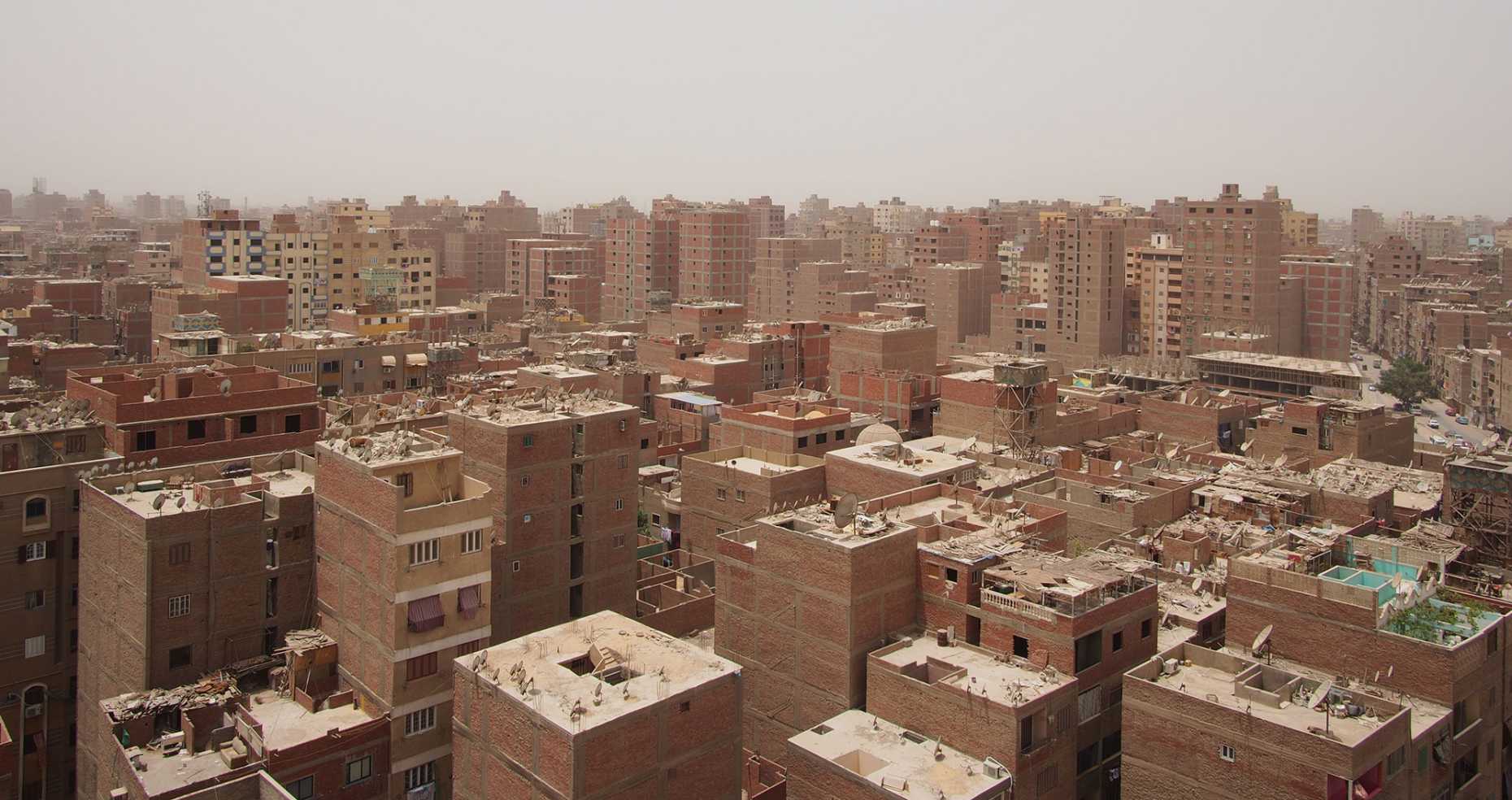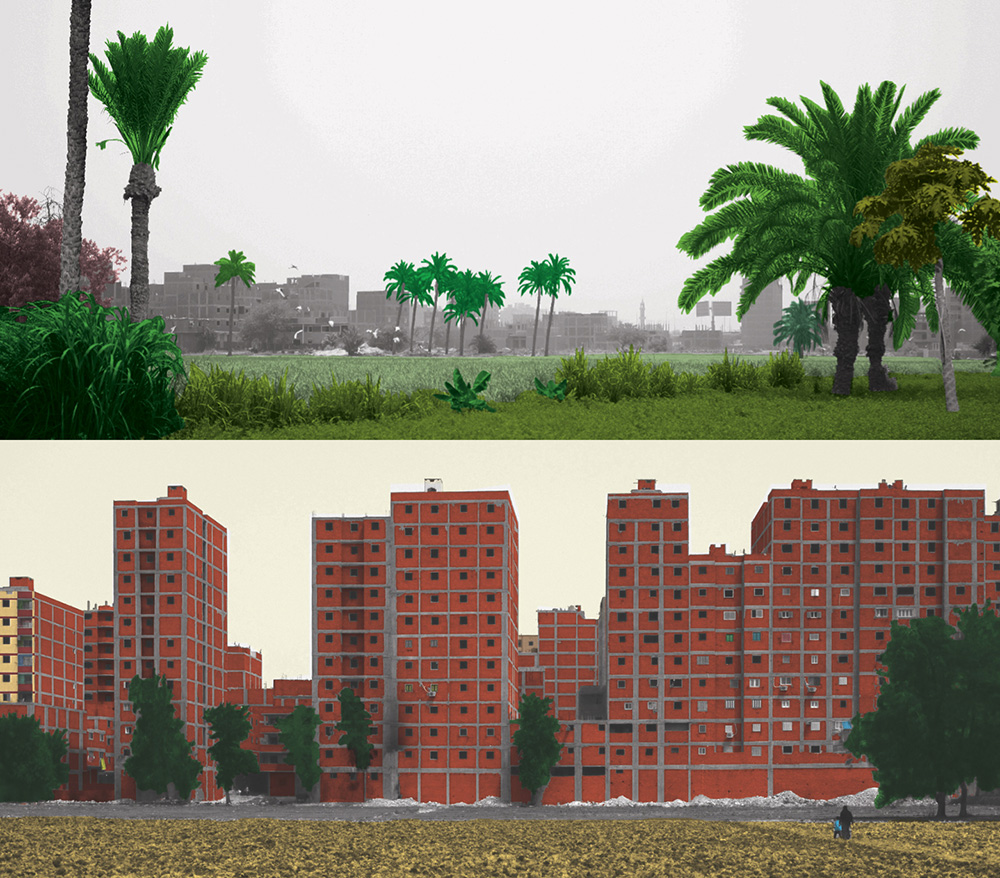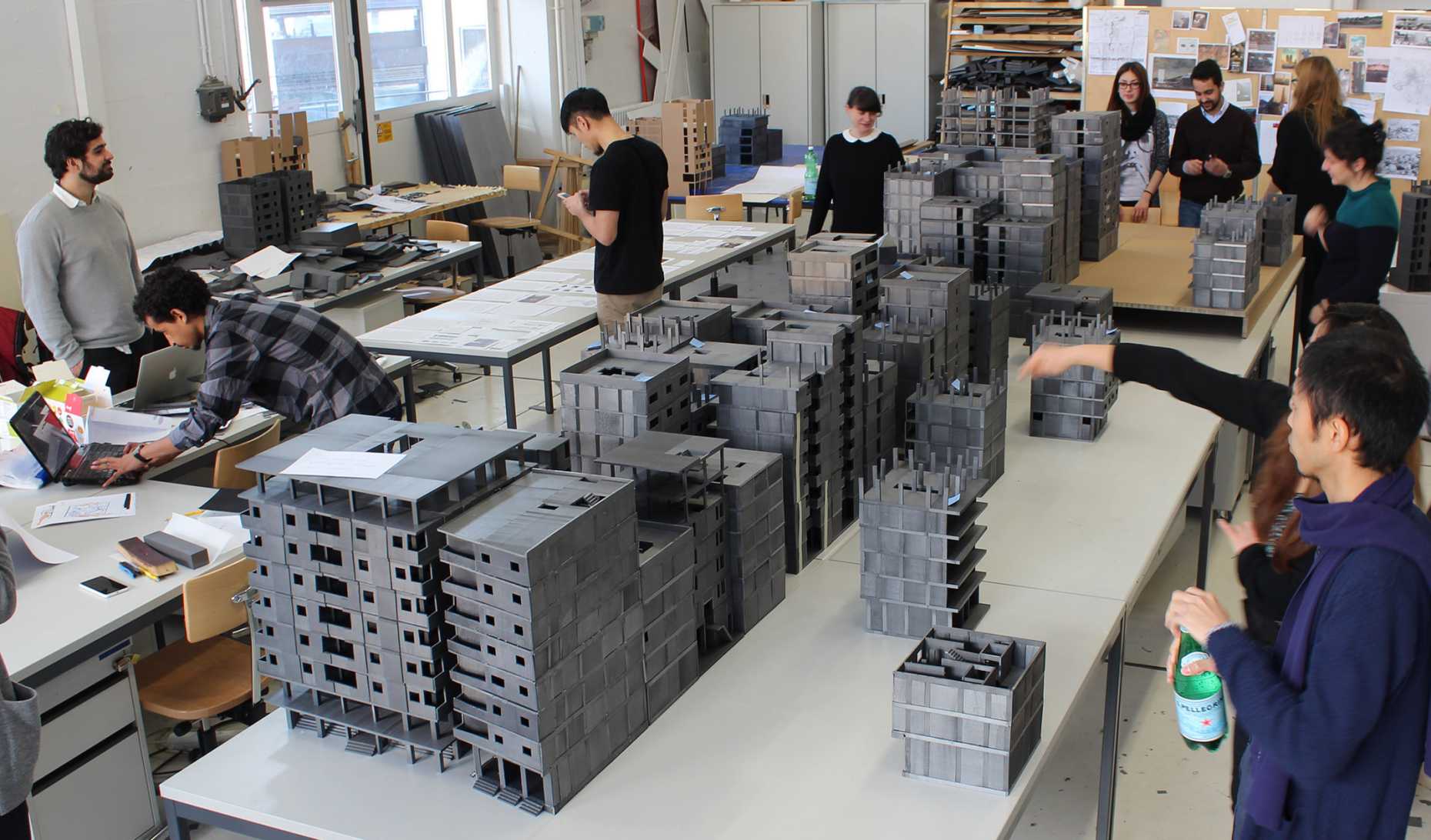Informal Settlements in Cairo

Book Launch: 26 September 2016, 4–6 p.m. at ONA Fokushalle
“Housing Cairo: The Informal Response”
Edited by Marc Angélil and Charlotte Malterre-Barthes in collaboration with Something Fantastic and CLUSTER
In the frame of the Urban Mutations on the Edge Seminar, a lecture and discussion will launch the latest publication of the Chair of Marc Angélil and the Master of Advanced Studies in Urban Design on Cairo’s informal urbanization “Housing Cairo: The Informal Response” (Ruby Press, Berlin, 2016). Marc Angélil, Charlotte Malterre-Barthes and Something Fantastic will discuss the process, from research to book making.
Home to 20 million people and still growing, Greater Cairo mirrors the global phenomenon of unplanned urban growth. Approximately 60 percent of the population of Africa’s biggest city lives in so-called informal housing, typically five-to-ten-story concrete-and-brick-infill structures built without permits in the desert or on former agricultural land. Housing Cairo: The Informal Response illuminates the architecture of informality and its mechanisms of production through a series of theoretical essays and architectural design proposals. Central to the project is a re-examination of the concept of “informality” itself and its often negative connotations. As the book argues, Cairo’s informal response to housing needs is not a marginal phenomenon, but rather an intelligent, optimized answer to planning incapacities – an answer that architects and planners should themselves be participating in.

The Master of Advanced Studies Program in Urban Design (MAS UD) at the Chair of Marc Angélil initiated in 2014 an investigation on informal settlements in Cairo, in the neighborhood of Ard-el-Liwa.
In summer 2016, the MAS is exhibiting at two prestigious venues. Selected research and design outcomes of the past years are presented at the Egyptian Pavilion at the Architecture Biennale in Venice, in the frame of Alejandro Aravena’s call ‘News from the front,’ from 28 May to 27 November 2016. Existing typologies of buildings from informal areas, their flexibility and qualities are displayed along with projects showing how rearranging existing building components can lead to new urban forms, and a betterment of the living conditions. Extended research and design outputs (Advanced Informality: From Agrarian Land to New Forms of Neoliberal Urbanization) are similarly presented at Arc En Rêve-Centre d’Architecture in Bordeaux, in the frame of Constellation.s, the exhibition to take place 15 years after the legendary show Mutations, from 2 June to 28 September 2016.

Ultimately, the MAS Urban Design is working against the negative perception attached to informal areas and for a stronger engagement of architects and designers (both local and foreign) in these neighborhoods, ultimately calling for governmental awareness to legalize, recognize and integrate these areas as an essential part of the city. Informal modes of construction in Cairo are mirroring the phenomenon of global urban growth, and call for a reassessment of the manner in which the discipline of architecture reacts to forces of urbanization.

